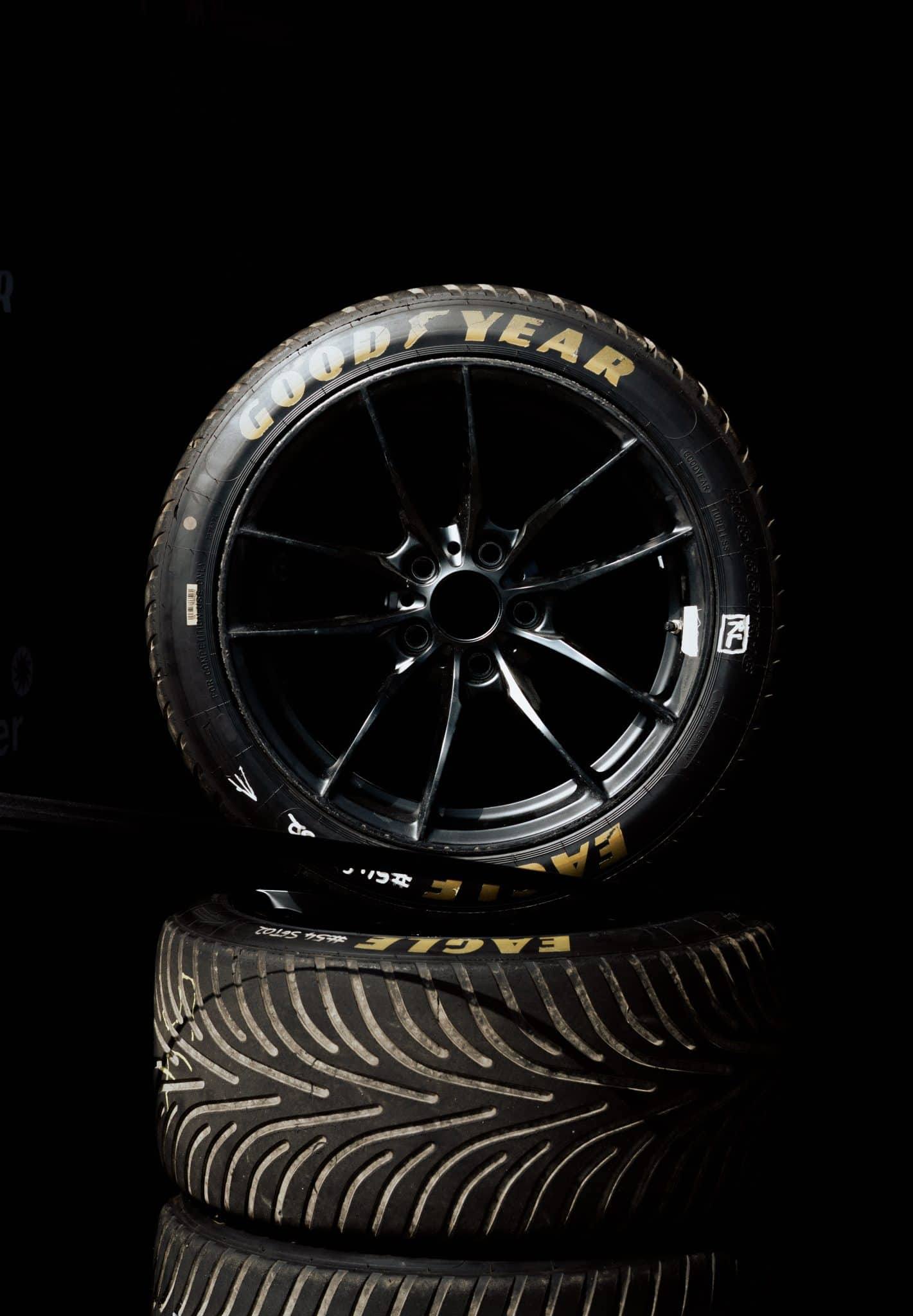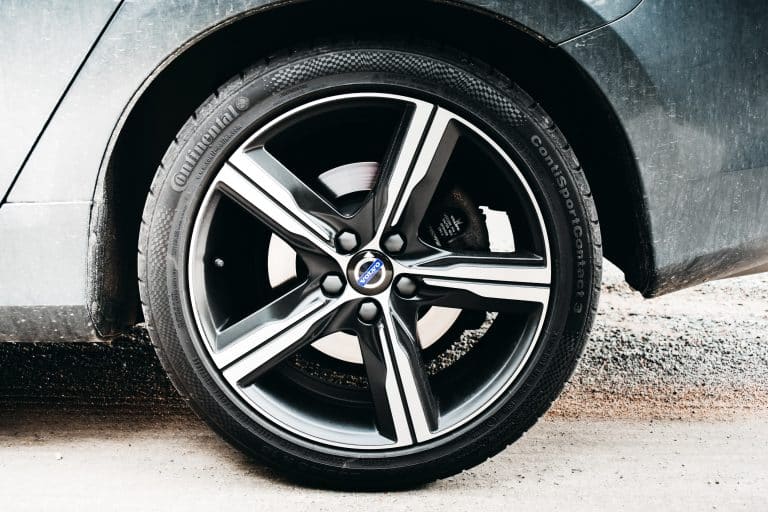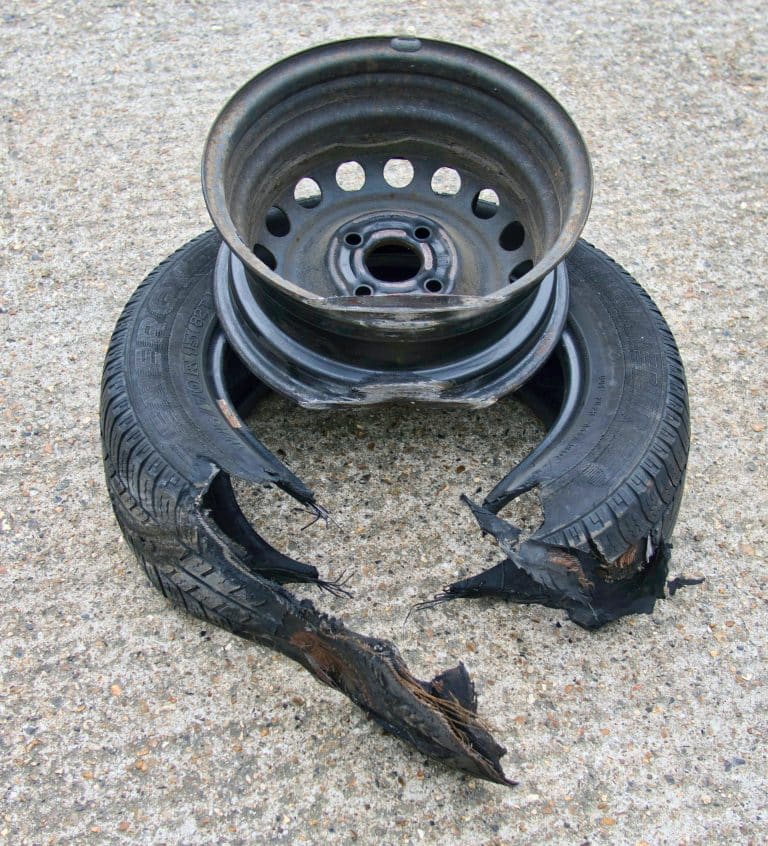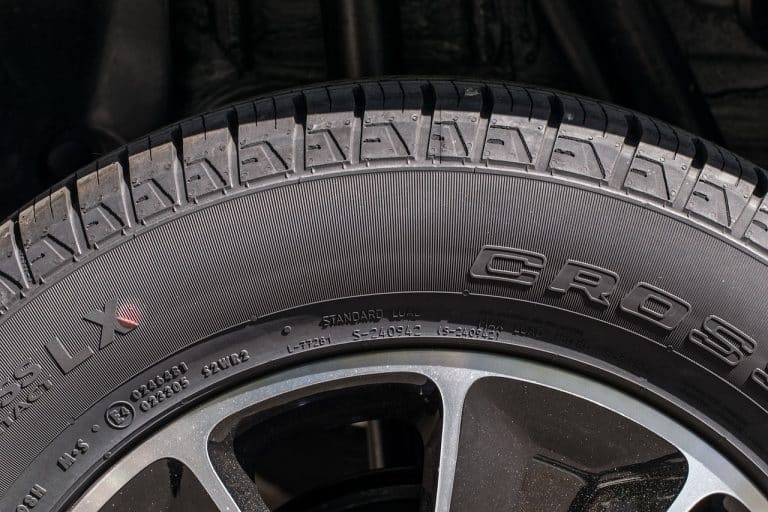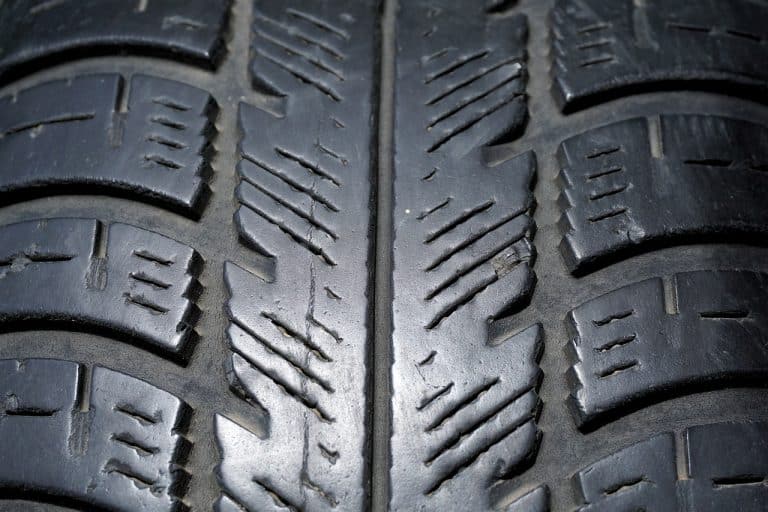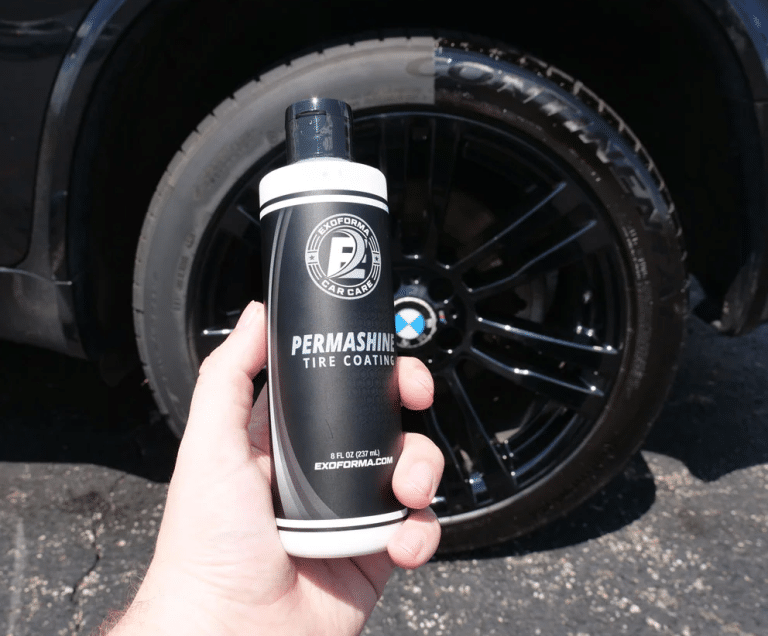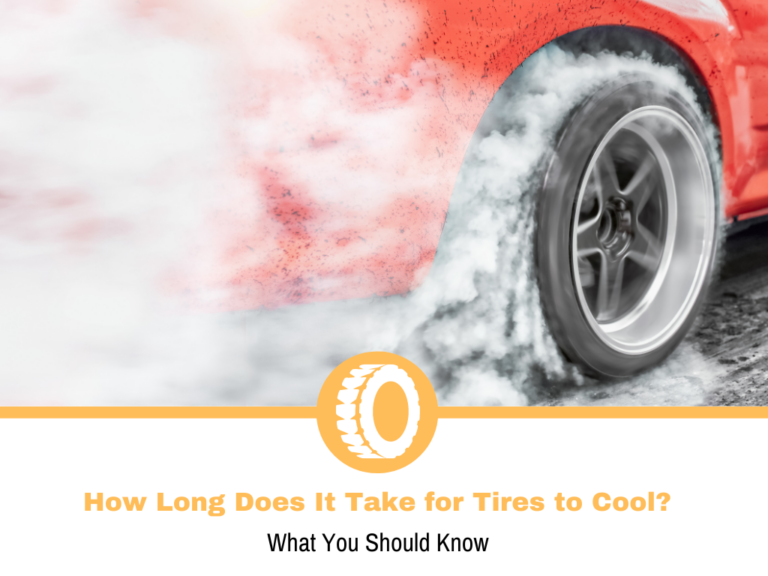What Does UHP Mean?
The terminology in the automotive industry is something we enthusiasts know by heart, but it can be problematic for some people. Talking with a car person on the subject may be overwhelming, especially if he talks in a language you’re not versed in.
A part of the automotive industry are tires, where we have plenty of phrases that don’t mean too much for some people. You can be distant from it, but as a car owner, you should know a thing or two about the tires you have on your car. The professionals will keep you covered on this, but it’s in your best interest to know.
The tire industry evolved as cars did in order to follow the trends and performance. In the infancy, there were a handful of models because there weren’t that many cars. Today, there are loads of brands, models, and types of tires.
Whenever we talk about a type of tire, we refer to the certain abilities it has. Tire manufacturers categorize them based on that and today I’ll be covering one of the most interesting types of tires – UHP. I’ll go over what does UHP means, the type of cars they’re intended for, and if you should consider them.
What is a UHP Tire?
UHP stands for Ultra-High Performance, and you can probably already guess the type of tire we’re talking about. These are the tires that are stickier and provide higher levels of grip and traction. The performance is combined with a dynamic handling experience, which is why I consider them the fun option.
To achieve the levels of performance, manufacturers focused on several elements. The most important one is the rubber compound and tread pattern which deliver the performance. Unlike most “regular” tires you’ll find on minivans, UHP tires are designed with a rubber compound that’s considered softer. The longevity takes a hit, but it enables the manufacturers to produce a sticky tire.
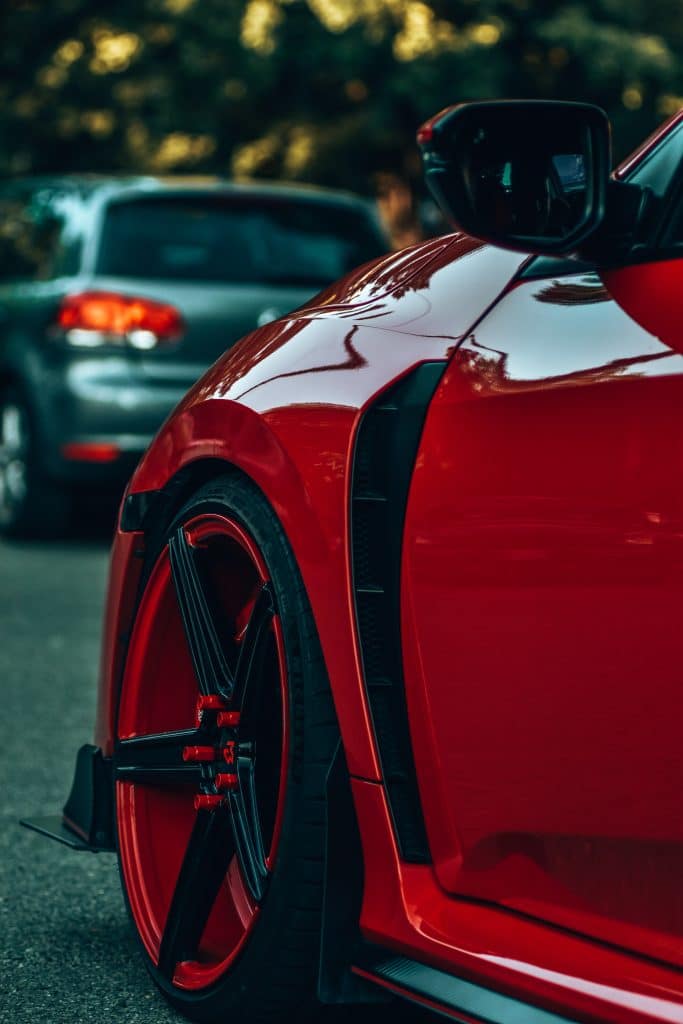
The tread pattern is the second aspect that we need to discuss. To get the most out of them, manufacturers increase the surface area that’s in contact with the road, additionally increasing the grip and traction levels. There are grooves, but only the most essential ones that can offer wet performance and aquaplaning resistance. With all-season tires, there are a bit more sipes because these tires will need to offer some kind of usable performance on snow.
On the dynamic side of things, we have the internal construction. UHP tires aren’t designed to be indestructible, but combining the low profile with some kind of reinforcement makes the sidewall stiffer. This results in a tire that’s very responsive and communicates with you through the steering wheel. With that said, a stiffer sidewall often means a stiffer ride.
UHP tires don’t come in winter variants because winter tires are rarely good enough for this. Yes, there are performance-oriented options in this category, but not the type you’d get from the other two categories.
As most tire manufacturers define them, UHP tires are primarily for sporty cars that are capable of that kind of driving. To be fair, there are plenty of expectations, which I’ll touch base later in this guide.
What is the difference between UHP and standard tires?
Standard tires is a pretty broad phrase and in this case, I’ll use touring tires for this example, as they are the most common on the market. Touring and UHP tires cover different target groups, regardless if we’re talking about the type of car or driver preference.
Let’s start with performance, something that UHP tires are better at, if you’re into that kind of thing. Any UHP tire will have higher levels of grip and traction than a touring tire. This is even if you compare a mid-range UHP tire with a premium touring one. Grand touring options come close, but there’s still a noticeable difference.
Handling is the second aspect that most people mention when we compare these two types of tires. UHP tires are set up to be more dynamic, meaning you’re getting better responsiveness and more feedback. Touring tires aren’t as good with a few models that are surprisingly acceptable. The main reason for this is that touring tires are aimed at people looking for tires that are easy to handle and drive, while UHP are mainly for enthusiasts and people who like to drive.
Refinement is an area where the UHP tires don’t do so well, which is the biggest sacrifice you’ll need to make. Manufacturers don’t make them so that they can be quiet and comfortable, which is why I often say that it’s something that you’ll have to live with. Touring tires, on the other hand, are designed for that, which is why we often praise them for their refinement characteristics.
The last difference is longevity. Tire manufacturers make UHP tires for more aggressive driving, something that will degrade the longevity of any tire. Even touring tires will wear faster if you drive them hard enough. The compound of UHP tires is aimed toward performance, so longevity takes a hit. On average, you can expect a touring tire to last twice as long as a UHP tire. Keep in mind that I’m referring to the miles driven, not the age of the tires.
Are UHP tires for you?
This is a very broad question and there are two key factors that come into play – your car and your driving preferences. I mentioned that UHP tires are for sporty cars, which is where you’ll find them most of the time. With that said, there are some exceptions.
My IS250 is a luxury sporty sedan, or whatever Lexus wants to call it, meaning that it covers both segments. As a result, I can go either way – UHP tires or touring ones. A Supra is more or less similar, with a bigger emphasis on the sporty aspect. If we take the broadest definition, both cars should have UHP tires, but that’s not always the case. Both can be fitted with a set of touring tires and they will lose the sporty aspect but will gain on refinement.
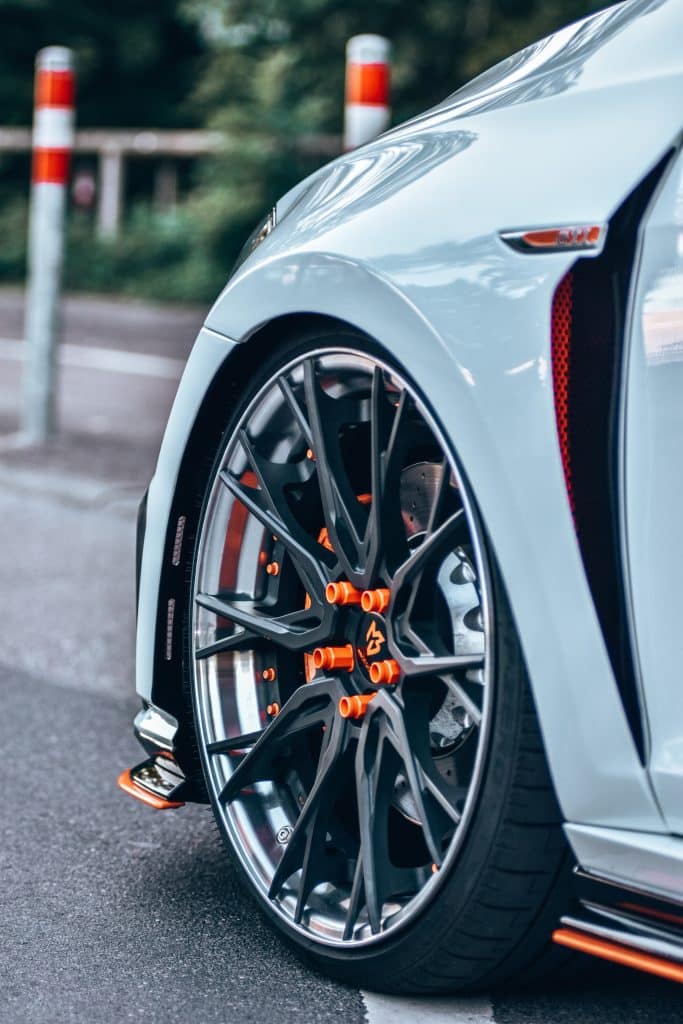
Let’s look at things from another perspective. A Corolla or Yaris are economy hatches, designed to get you from point A to point B, so they should have touring tires, right? Yes, and no. If you’re the kind of driver that looks at your car as a commuter, then touring tires are the best option. On the other hand, if you want to get a bit more out of your car in terms of grip, traction, and handling, then UHP tires may scratch that itch.
There are many situations where UHP tires can be overkill, regardless of how big of an enthusiast you are. My 92 Corolla is the perfect example of it. The car’s driving characteristics are more or less similar to a boat on a stormy sea. Fitting a set of super sticky UHP tires will be pointless as I never drive the car that hard to get that kind of performance out of it. To be fair, a few modifications will help with that, but that’s something you’ll need to consider long before thinking about the type of tires you’ll get.
Conclusion
UHP tires are something that tire manufacturers offer for us enthusiasts so that we can get the most out of our cars. Being inclined toward performance means that you’ll need to sacrifice a few things mainly revolving around refinement and longevity.
The question if you should get them or not depends on you. I can see situations where you should, while there are others where it’s not worth it. The simplest way to decide is to be clear with yourself about which aspect is a priority for you.
